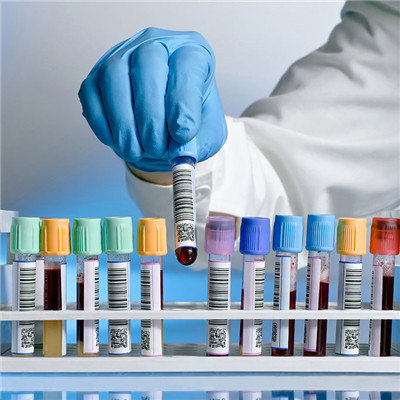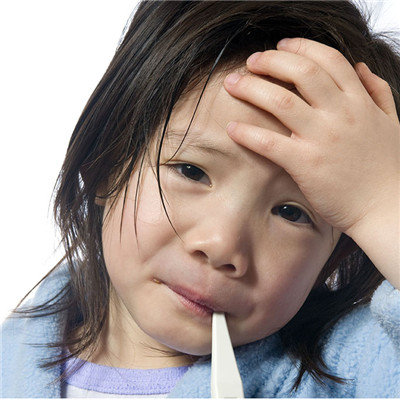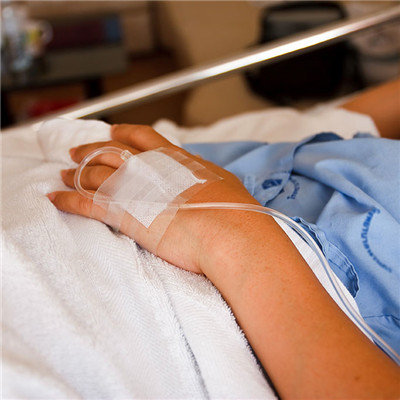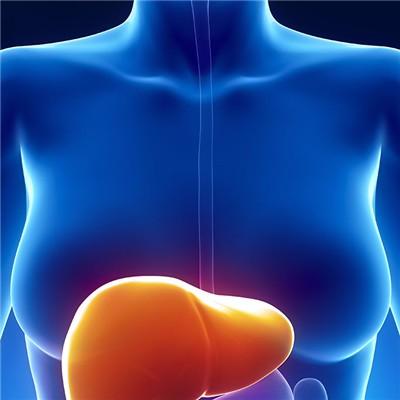Early symptoms of lupus erythematosus?
summary
Lupus erythematosus is one of the autoimmune diseases, which belongs to the scope of connective tissue disease. Lupus erythematosus is divided into discoid lupus erythematosus (DLE), systemic lupus erythematosus (SLE), subacute cutaneous lupus erythematosus, deep lupus erythematosus and other types. The onset of lupus erythematosus is slow and insidious, and its clinical manifestations are diverse and changeable. Early symptoms of lupus erythematosus? Let's talk about it
Early symptoms of lupus erythematosus?
1) Skin lesions are common in the exposed part and face, and the skin lesions are butterfly shaped. The second was the lower lip, scalp, external ear, chest, hand foot back and other parts. If the lesion is limited to the head and face, it is called limited type; if it is beyond the head and face, it is called disseminated type;

2) The typical lesions were purplish red plaques with adhesive scales on the surface. Under the scales, there were cuticle plug and enlarged pores, and the central color gradually faded and the depression was discoid. After healing, capillaries dilated, atrophic scars, pigmentation or decreased. The lesions on the mucous membrane are gray and erosive, and the lesions on the head can cause permanent hair loss;

3) Special type of skin lesions can be frostbite like or verrucous. 5-10% of them can evolve into systemic type, and a few can be carcinogenic; A few cases were positive for low titer antinuclear antibody γ The results showed that the serum globulin increased, the rheumatoid factor was positive, the white blood cell decreased and the blood sedimentation rate was fast.

matters needing attention
1) We should be optimistic, treat the disease correctly, build up the confidence to overcome the disease, regularize our life, pay attention to the combination of work and rest, take proper rest and prevent infection. 2) Remove all kinds of inducements, including all kinds of possible internal medicine, chronic infection focus, etc., avoid irritant external medicine and all external stimulating factors. 3) Avoid sun exposure and ultraviolet radiation, especially in the active period, you can add anti sunlight drugs, such as 3% quinine ointment, compound titanium dioxide ointment, 15% para aminobenzoic acid ointment, etc. other excessive exposure, such as cold, X-ray, can also cause the aggravation of the disease, which can not be ignored.













